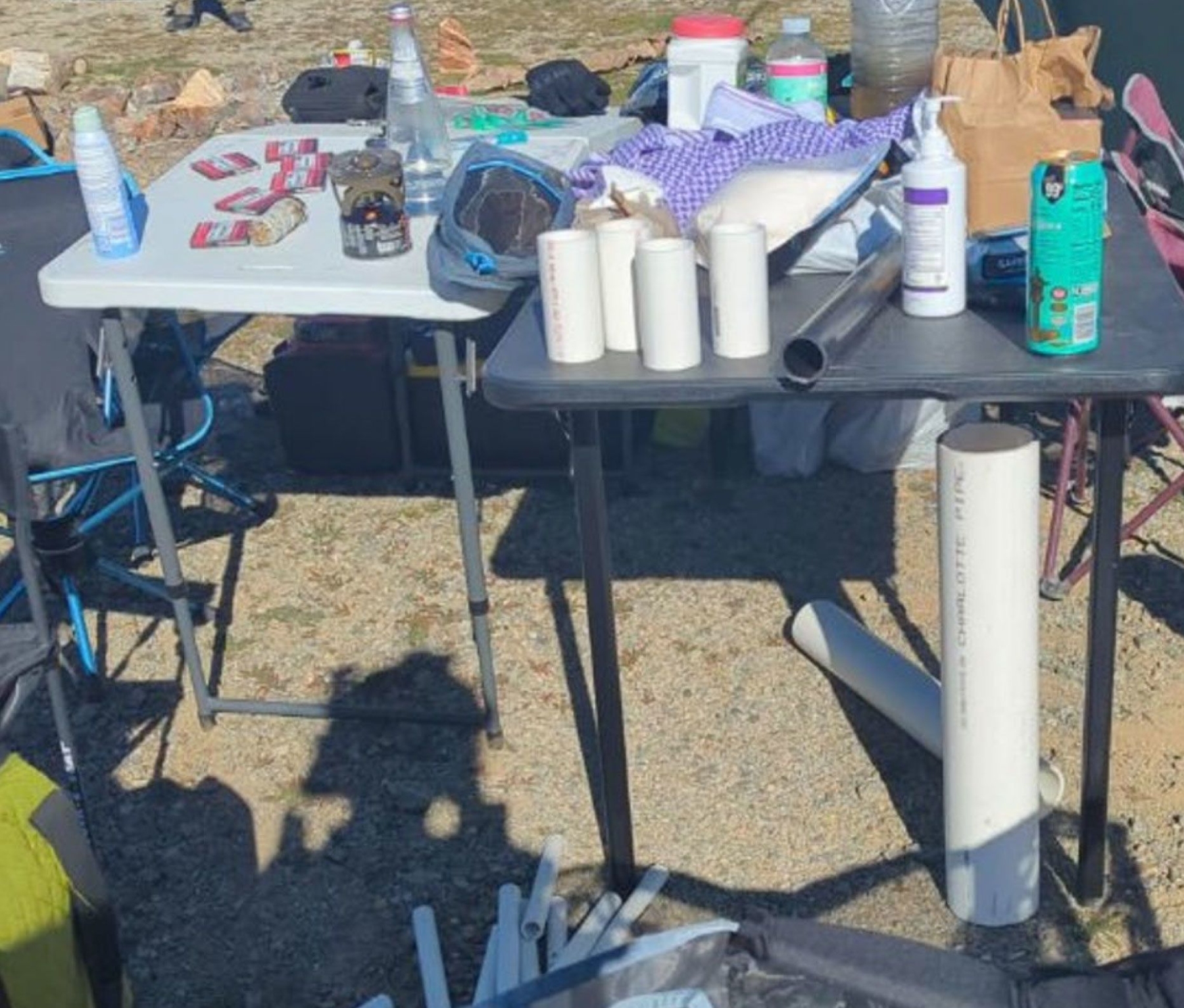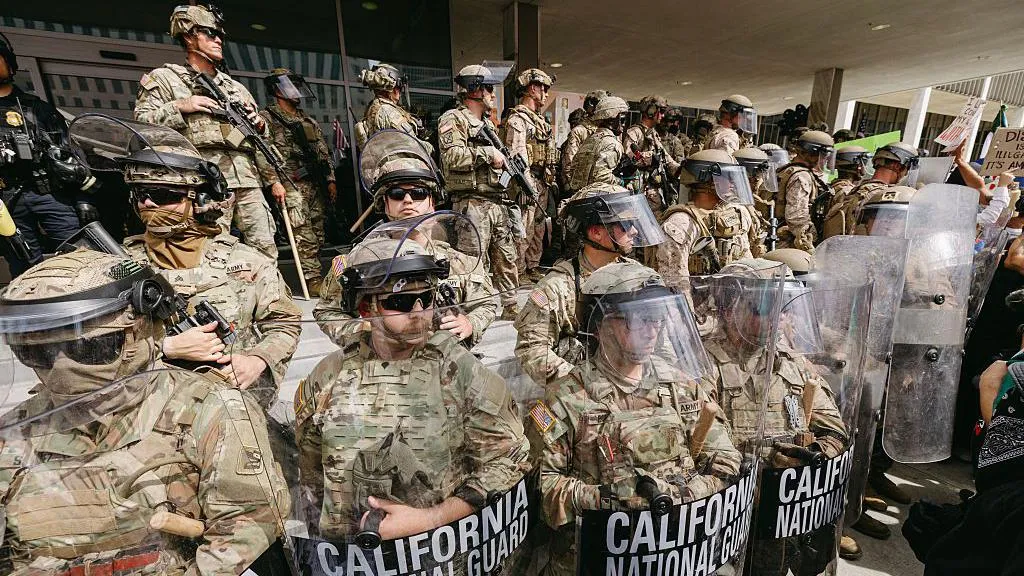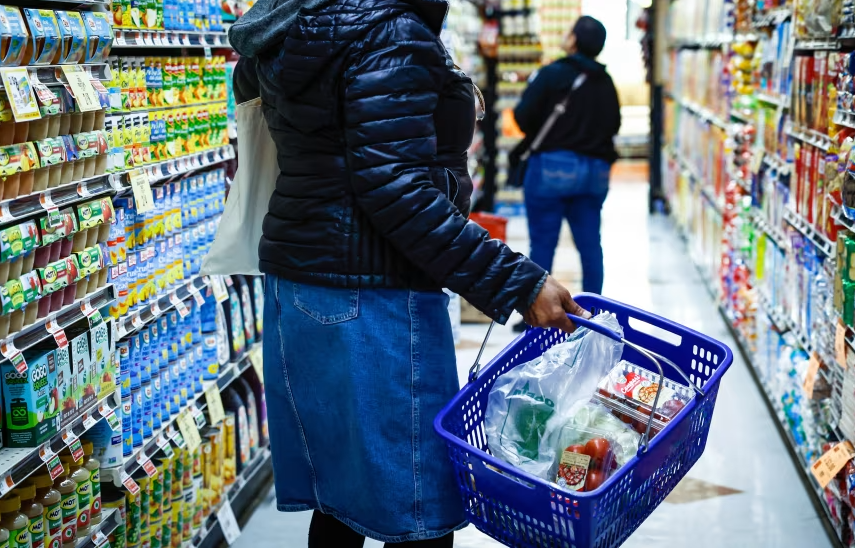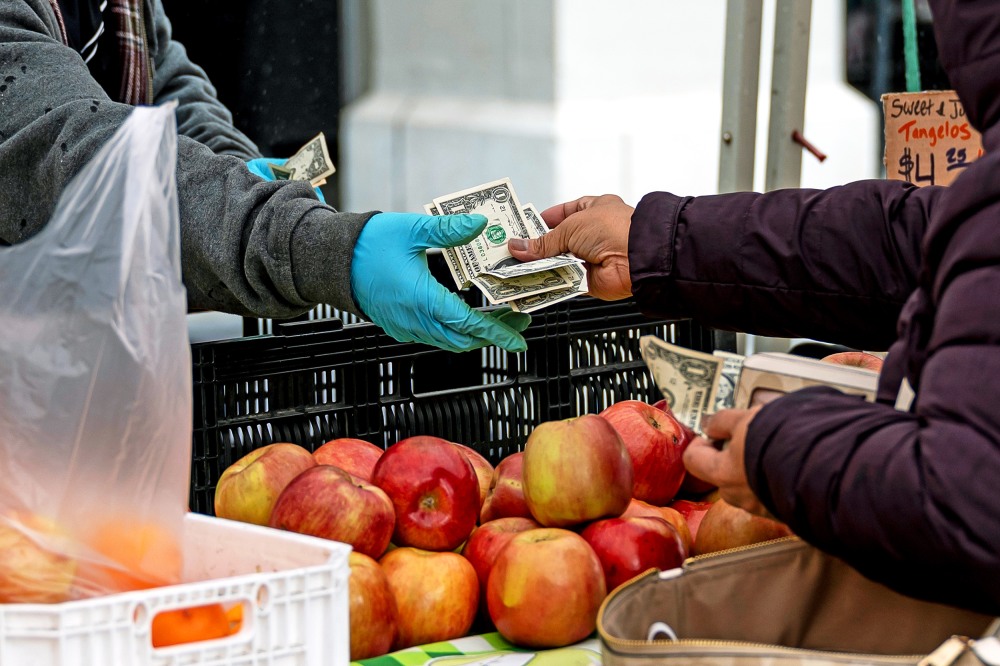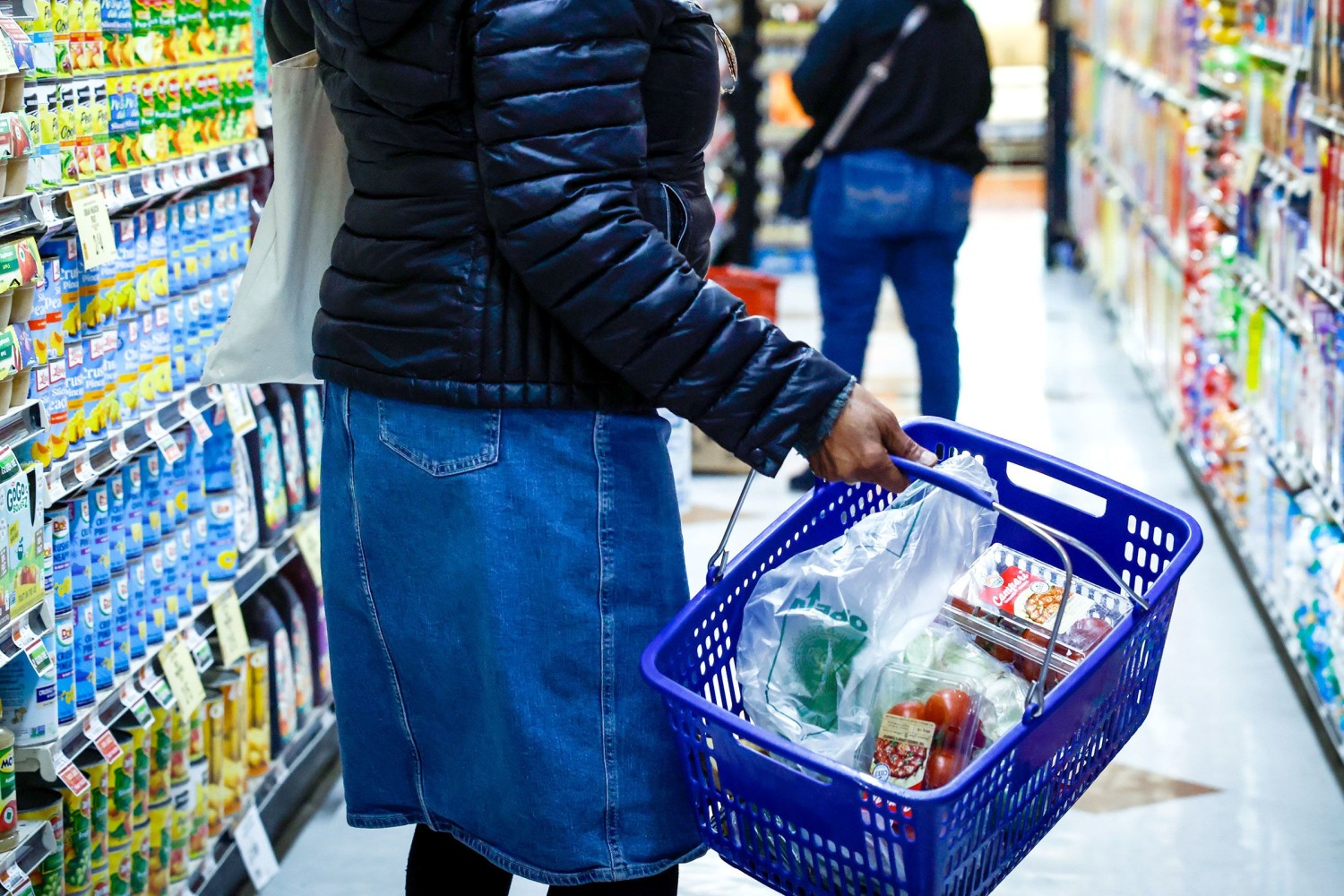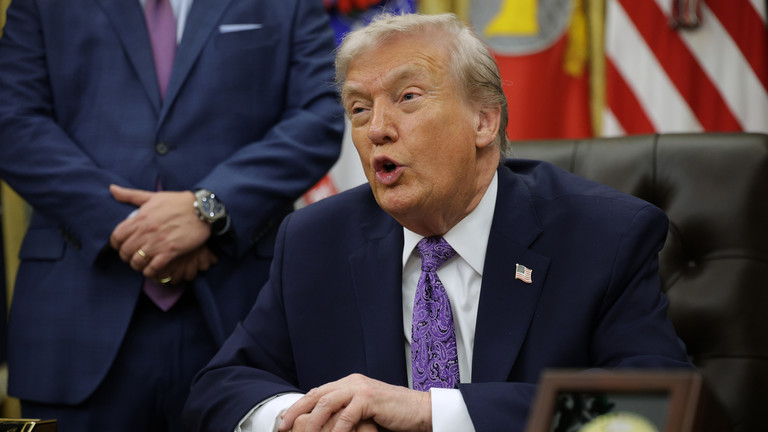
This article is more than
5 year oldIt will be a long time before the economy recovers — and it won’t be the same
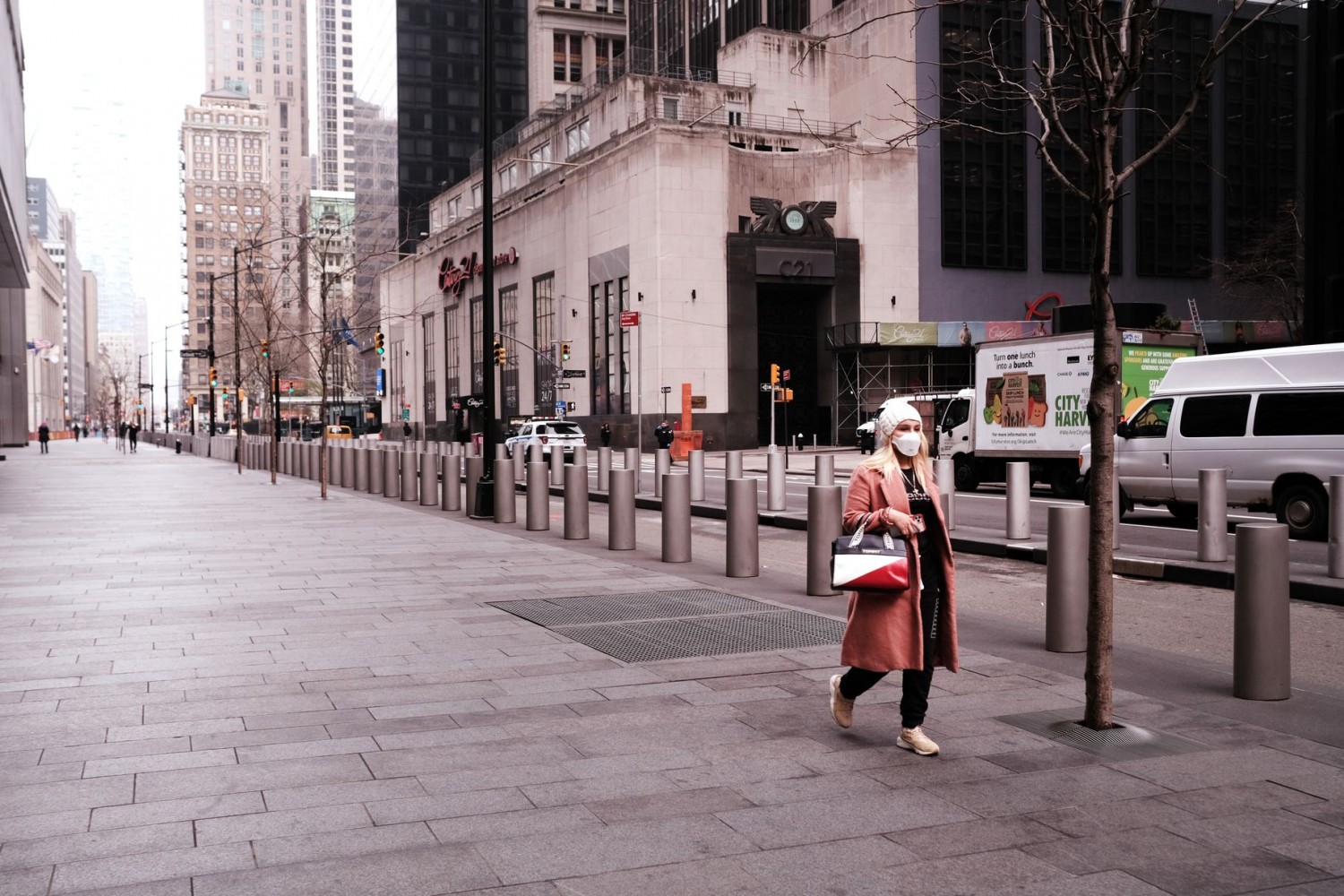
We know the US economy is bad right now. Millions of people have lost their jobs, and millions more will. Estimates for how much unemployment is expected to spike and GDP will fall are staggering. Production and spending across much of the country have been brought to an abrupt halt.
It’s natural to want to see a light at the end of the tunnel, obviously in terms of the health crisis caused by coronavirus but also for the economy. And there will be one — eventually.
“The very best case scenario is we rapidly bounce back and we get close to something where we were before. Personally, I think that’s highly unlikely. The shock from the virus is going to trigger a broader economy-wide recession,” said Jesse Edgerton, an economist at JPMorgan. “That’s a really harsh reality.”
The question of when and how the economy gets better largely hinges on our ability to get the virus itself under control. Despite calls from some Republican lawmakers to get back to business before that happens and even some speculation about reopening the economy early from the president, it’s not a realistic scenario — people aren’t going to be falling over themselves to go out to restaurants and pack into movie theaters as a deadly virus spreads, or as they or their loved ones get sick.
At some point — and we don’t know exactly when — the economy will bounce back, at least partially. When it does, that new normal will be different. Many Americans may be worse off than they were before, some people may still be afraid to resume their lives as they once lived them, and many businesses may have permanently closed.
“There will likely be some permanent damage inflicted on the economy,” says Greg Daco, chief US economist at Oxford Economics. “What this shock is doing is exacerbating preexisting inequality issues across the country. The individuals who have been hit the hardest are the individuals who were in the most precarious position to start with.”
Economists say it could be anywhere from 2021 to 2031 before the economy returns to something like the pre-coronavirus “normal.” But it will never be entirely the same.
“We’ve never seen anything like this before, so we’re speculating along with everyone else,” Edgerton said.
What the economic recovery will look like: contraction, a partial bounceback, and the long slog
The first prerequisite for economic recovery will be a public health solution: widespread testing, tracing of possible infections, antibody testing for immunity, adequate supplies for the health care system, and so on. The coronavirus outbreak will need to be firmly under control before the economy can resume anything approaching normalcy, and we just don’t know yet when the public health breakthrough will happen. Consumers need confidence participating in the economy won’t get them or their loved ones sick before they will revert to their typical economic activity.
“The longer these issues linger in the form of people not having confidence in returning to their daily activities,” Daco said, “the more severe these dislocations will be.”
But once that has been achieved, the problems and solutions we are dealing with will become more recognizably economic. Jason Furman, a former top economist for President Barack Obama who is now at Harvard, told Vox the economic fallout and recovery will likely have three stages:
- Contraction: That’s what Americans are experiencing right now, with millions of people losing their jobs while business investment and consumer spending fall off precipitously
- A partial bounceback: Once society starts to reopen, there will be a lot of hiring and spending and investment to ignite the recovery, but that is unlikely to bring the economy all the way back to where it was in January 2020
- The long slog: After the initial but incomplete improvement, it may take a long time for unemployment and wages to return to levels similar to the pre-coronavirus economy
The timeline for the second and third steps is difficult to know. The recovery is likely to look robust at first; Furman suggested we could see some of the most impressive job gains (one million or more in a month) and GDP growth numbers ever. Parts of the economy should be able to snap back to something approximating their pre-crisis state.
And such a quick recovery could be self-reinforcing, at least up to a point.
Read More (...)
